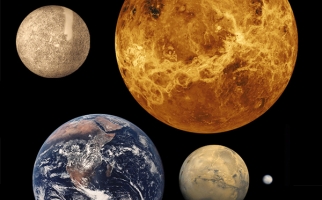
The Inner Solar System
STEM Explained
Earth is covered in rocks. So are Mercury, Venus, Mars and the Moon. Does that mean the rocky planets are all the same?
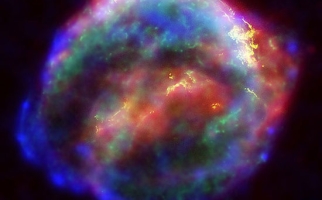
The Life and Death of Stars
STEM Explained
The life and death of stars form the chemical elements that make up Earth, making stars critical to life as we know it.
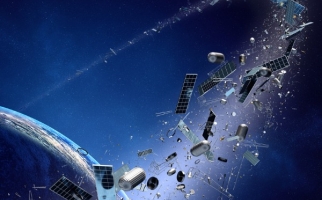
Space Junk
STEM Explained
Litter isn't just a problem on Earth. When litter ends up in space, it can cause collisions and other consequences for satellites, the International Space Station and even for people on Earth!

Spaceflight and Bone Loss
STEM Explained
Astronauts can experience bone loss in space. To understand why, you need to know a bit about how bones are formed and maintained in your body.
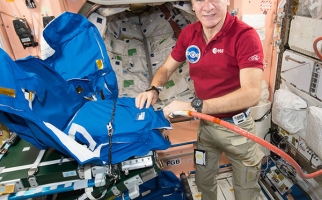
Radiation and Human Space Exploration
STEM Explained
One of the greatest hazards that humans in space face is cosmic radiation. Learn what cosmic radiation is, why it's dangerous, and ways that we are looking at protecting humans in deep space.
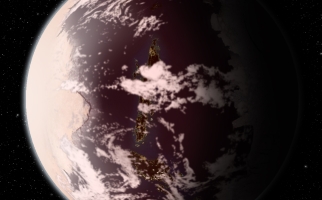
Searching for exoplanets around the star next door
STEM Explained
In planetary science, astronomers have found planets that orbit other stars, just like Earth orbits the Sun. Some of them might even be able to support life.
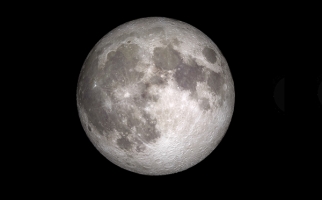
Moon: Phases
Picture Collections
8 images of different lunar phases showing the portion of the Moon lit by the Sun as the Moon orbits the Earth and as seen by us on Earth
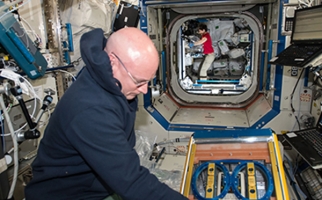
Noise on Earth and on the International Space Station
Backgrounders
This backgrounder explains what noise is, how it is measured, and how it affects our hearing, wellness and more.
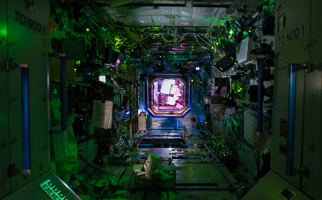
Light on Earth and on the International Space Station
Backgrounders
This backgrounder explains what light is, how it is measured, and how it affects people on Earth and astronauts on board the International Space Station.
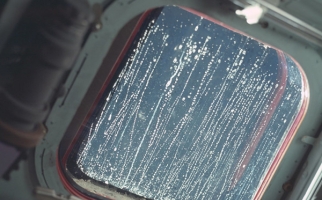
Humidity on Earth and on the ISS
Backgrounders
Humidity is an important part of life on Earth and life in space. This backgrounder explains what humidity is, how it is measured and how it affects us both mentally and physically.
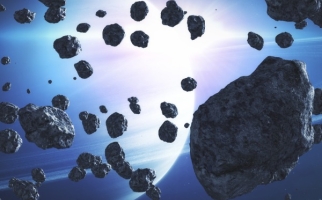
Where Can We Find Asteroids and Comets?
Backgrounders
This backgrounder explains the difference between planets, dwarf planets and small solar system bodies, such as asteroids and comets.
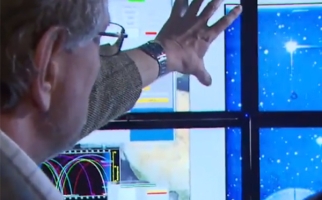
Dealing with Asteroids and Other Space Hazards
STEM Explained
Find out how asteroids, space debris, and cosmic radiation can be dangerous, and how to monitor them and protect ourselves from these space hazards.

Escape Velocity
STEM Explained
Why do a baseball and a rocket need the same launch speed to get from Earth into space? It has to do with physics and gravitational force.
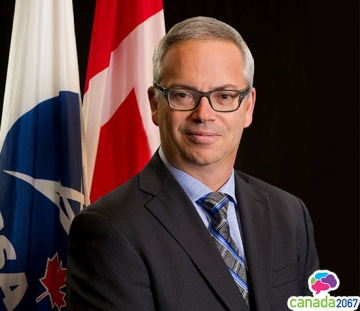
Sylvain Laporte
Career Profiles
President (2015 - 2020)
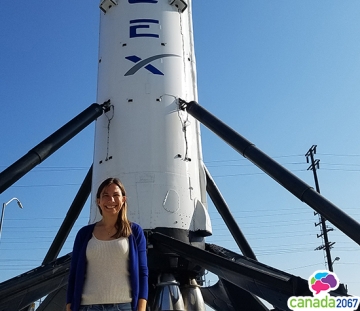
Margarita Marinova
Career Profiles
SR. Mars Development Engineer